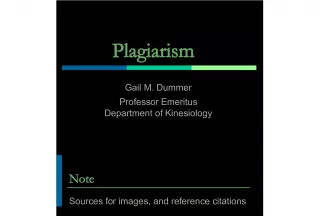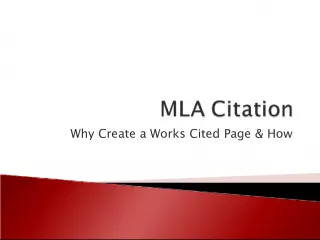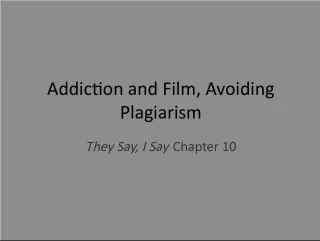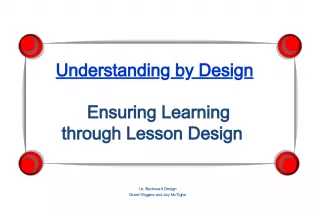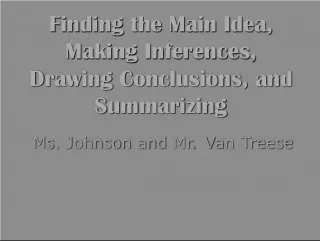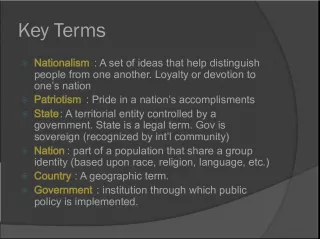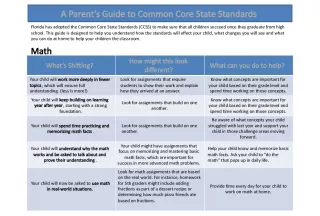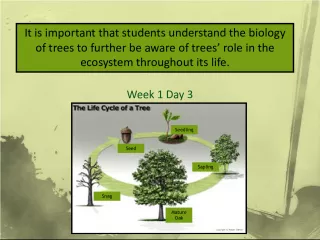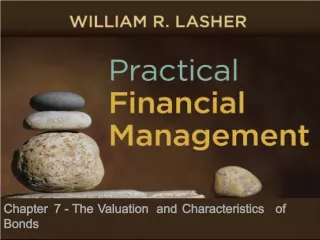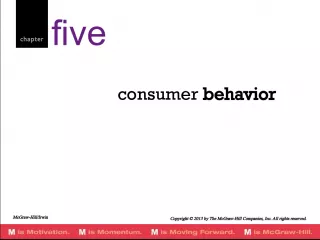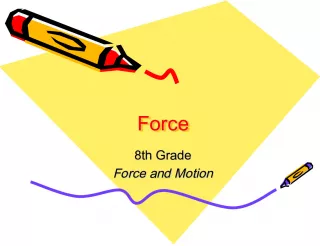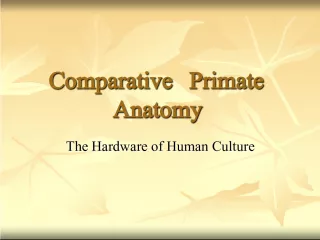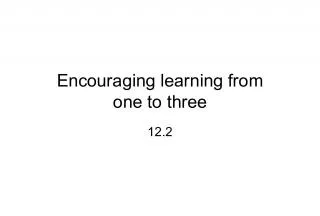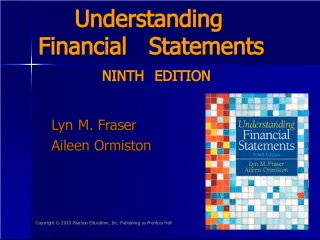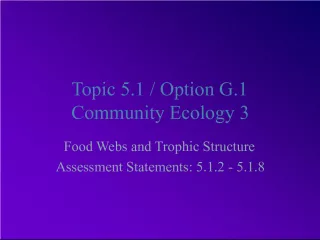Understanding Plagiarism and Kidnapping
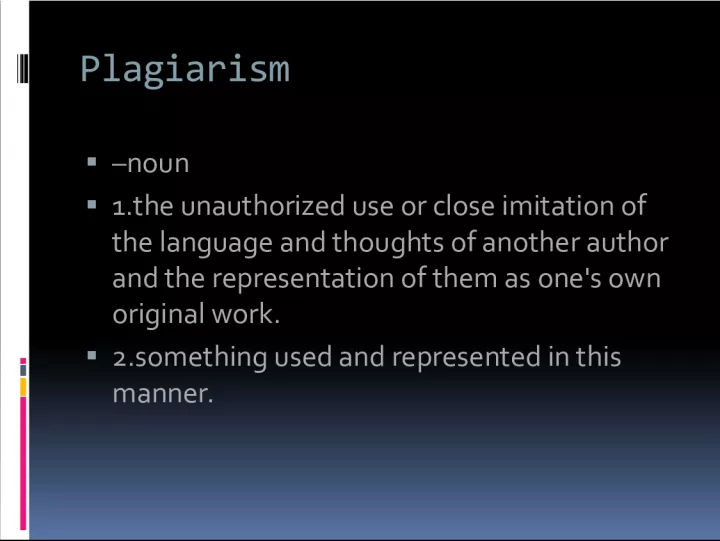

Plagiarism refers to the unauthorized use of someone else's work, while kidnapping involves taking someone without their consent. Both can be voluntary or involuntary and occur when citing, paraphrasing or summarizing without giving credit.
- Uploaded on | 3 Views
-
 patricia
patricia
About Understanding Plagiarism and Kidnapping
PowerPoint presentation about 'Understanding Plagiarism and Kidnapping'. This presentation describes the topic on Plagiarism refers to the unauthorized use of someone else's work, while kidnapping involves taking someone without their consent. Both can be voluntary or involuntary and occur when citing, paraphrasing or summarizing without giving credit.. The key topics included in this slideshow are . Download this presentation absolutely free.
Presentation Transcript
2. Plagiarism –noun 1.the unauthorized use or close imitation of the language and thoughts of another author and the representation of them as one's own original work. 2.something used and represented in this manner.
3. Origin: 1590–1600; Kidnap Dictionary.com
4. When? Voluntary / Involuntary Without Citation or giving credit when: Quoting Paraphrasing Summarize
5. Quotations must be identical to the original, using a narrow segment of the source. They must match the source document word for word and must be attributed to the original author. Paraphrasing involves putting a passage from source material into your own words. A paraphrase must also be attributed to the original source. Paraphrased material is usually shorter than the original passage, taking a somewhat broader segment of the source and condensing it slightly. Summarizing involves putting the main idea(s) into your own words, including only the main point(s). Once again, it is necessary to attribute summarized ideas to the original source. Summaries are significantly shorter than the original and take a broad overview of the source material.
6. Examples 1.) Use “ [quotations] “ when directly copying text, and cite source Example: According to some, dreams express "profound aspects of personality" (Foulkes 184), though others disagree.
7. 2.) Cite sources when rephrasing sentences/paragraphs. Examples: Results show that children who attended pre- school are often times exhibit greater success with creating social networks than those who did not attend pre-school. Others, like Jakobson and Smith, hold the opinion that children who attend pre-school are better socially adjusted than those who do not (156).
8. 3.) Cite sources when summarizing another’s ideas Example: According to Freud, actual but unacceptable desires are censored internally and subjected to coding through layers of condensation and displacement before emerging in a kind of rebus puzzle in the dream itself (page #s).
9. When do you not need to Cite? Common knowledge Your own ideas
10. Avoid? Cite whenever you: Quote Rephrase Summarize Use key terms, phrases, ideas
11. Remember GIVE CREDIT TO YOUR SOURCES! Ctrl ‘C’ + Ctrl ‘V’ = Ctrl ‘ F4 ‘ Copy + Paste = FAIL You WILL receive a ZERO for the paper if you plagiarize. Voluntarily or involuntarily
12. Cite Sources in BOTH: Within your text/paper List sources in your works cited at the end http://owl.english.purdue.edu/owl/resource/7 47/01/

